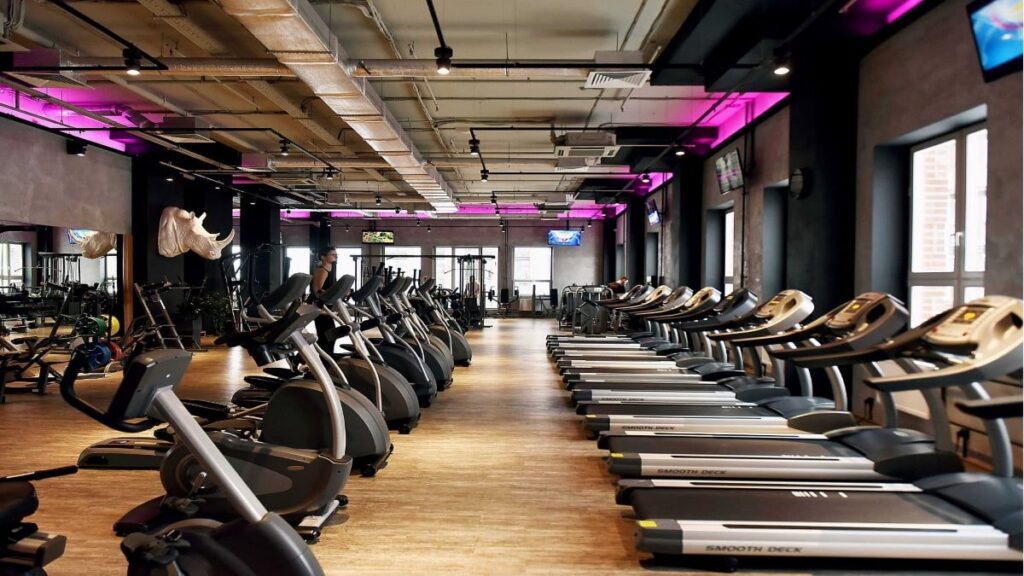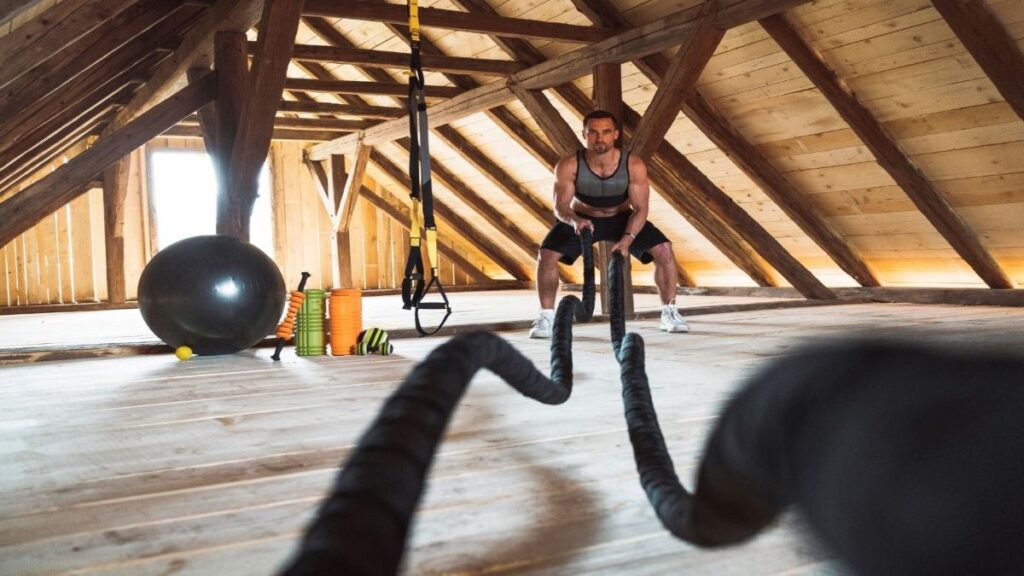
In an age where gym memberships come with hefty price tags and the digital buzz constantly pulls us towards the latest fitness trends, there’s an age-old exercise rising in popularity due to its simplicity, efficacy, and low barrier to entry: rucking. Rucking, simply put, is walking with a weighted backpack. It’s a cornerstone of military training that civilians are adopting worldwide, not just for its physical benefits, such as fat loss and muscle building, but also for its accessibility and the natural connection it facilitates as we age.
Table of Contents
What is Rucking?
Originating from the military, where soldiers prepare for marches with heavy packs, rucking has become a fitness activity that combines strength training and cardiovascular work. The concept is straightforward: load up a backpack with weight, strap it on, and start walking. This simple modification to your regular walk significantly increases calorie burn, builds endurance, and develops muscle strength.
Burning Fat with Each Step
The addition of weight to your walk means your body has to work harder. This increase in effort translates into a higher metabolic rate—not only during the activity but also for hours afterward, leading to increased fat burning throughout the day. Unlike running, which can be hard on the joints, rucking provides a lower-impact exercise that still pushes your cardiovascular system.
Building Muscle, Enhancing Strength
As you age, maintaining muscle mass becomes increasingly important. Rucking helps to build the muscles in your legs, core, and back, which are engaged to carry the additional weight. It also strengthens your shoulders and improves posture. Over time, the resistance of the added weight in your pack leads to muscle growth and strengthening, akin to lifting weights in a gym.
Accessibility: No Gym Required
One of the most appealing aspects of rucking is that it doesn’t require a gym. All you need is a backpack, some weight (which can be anything from books to water bottles), and a place to walk. Parks, city streets, hiking trails, or even the beach can become your workout arena. This makes rucking a highly accessible form of exercise for people of all ages and fitness levels.
Joint Health and Low Impact
As we age, joint health becomes critical. High-impact activities can exacerbate wear and tear, but rucking offers a solution. The weighted walk is low-impact, meaning it’s easier on the joints compared to running or jumping exercises. Moreover, it can help increase bone density, which is vital for preventing osteoporosis.
Improving Cardiovascular Health
Rucking elevates your heart rate, which improves cardiovascular health. It’s an excellent way for those who find running too daunting or strenuous to still get a heart-pumping workout. Regular rucking can help reduce the risk of heart disease, lower blood pressure, and improve cholesterol levels.
Mental Health and Community
The mental health benefits of rucking are significant. It’s an exercise that can be social, allowing you to engage with a community of ruckers, or meditative, giving you time to clear your mind. The outdoor element of rucking helps to reduce stress and anxiety, promoting an overall sense of well-being.
How to Get Started with Rucking
To begin rucking, follow these steps:
- Choose the Right Backpack: Any backpack will do, but one with chest and waist straps can distribute weight more evenly.
- Select Your Weight: Start with around 10% of your body weight and increase gradually.
- Plan Your Route: Start with a flat route and slowly incorporate hills and uneven terrain as you get stronger.
- Focus on Posture: Keep your back straight and shoulders back to prevent injury.
- Stay Hydrated: Carry water, especially on longer rucks or in hot weather.
- Wear Proper Footwear: Supportive footwear can help prevent blisters and discomfort.
Gradual Progression
As with any exercise, start slow and progress gradually. Begin with shorter distances and lighter weights, gradually increasing as your strength and endurance improve. Pay attention to your body’s signals to avoid overexertion.
Rucking for All Ages
Rucking is versatile and can be tailored to any age group. For older adults, it’s an excellent way to maintain functional strength and mobility. For the younger crowd, it can be a challenging addition to a fitness routine.
The Final Word on Rucking
Rucking is more than just an exercise; it’s a movement that fosters a strong, healthy body through every phase of life. It’s economical, accessible, and efficient, eliminating the need for a gym while offering a profound impact on physical and mental health. Its scalable nature means you manage the intensity, making it suitable for beginners and seasoned athletes alike.
In a landscape crowded with complex fitness regimes, rucking stands out for its elemental approach. It’s not merely a means to fitness; it’s a holistic lifestyle choice that emphasizes the power of fundamental, functional movement. So, lace up your boots, load up your pack, and step into the world of rucking, where every step is a stride towards a healthier you.
Read Also:




